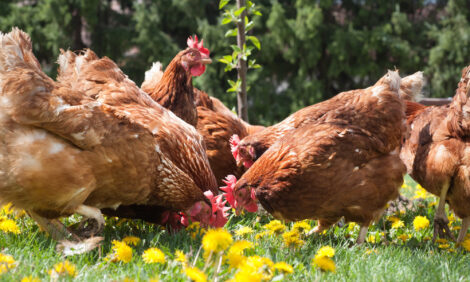



Mississippi Poultry Farmers Optimistic Despite Tornados
US - Poultry growers are reeling from the April 28 tornadoes that caused tremendous damage on farms and the loss of more than a million birds in four Mississippi counties.The Mississippi Board of Animal Health reported that 1,044,800 birds died from the tornadoes or subsequent power outages.
The Mississippi Business Journal reports that Winston, Wayne, Newton and Scott counties reported 58 houses with major damage and 17 houses with minor damage.
Recognizing the enormous challenges, Winston County Emergency Management director Buddy King requested help from the Mississippi State University Extension Service in organizing a meeting on May 8. The gathering brought poultry growers together with state and federal agencies to express concerns and learn about response procedures.
However, the poultry industry is riding a wave of success, propelling it from a strong 2013 into another year with promises of favorable market prices and lower production costs.
John Michael Riley, an agricultural economist with the Mississippi State University Extension Service, said several issues will influence poultry profits in 2014, The Mississippi Business Journal reports.
“We expect poultry to ramp up production this year because of factors that are hurting beef and pork,” Riley said.
“The cattle industry is in a supply crunch that has been driving up the cost of beef. Pork producers have been battling a serious virus that is reducing their supplies, and pork is becoming more expensive. As a result, poultry is eyeing this opportunity to fill in the gap in available proteins at the meat case.”
Mississippi’s recent tornadoes damaged 75 poultry houses in Winston, Wayne, Newton and Scott counties and killed more than a million birds.
“Disasters are very serious on a local level, but from a national or even statewide standpoint, the consumers should not see much of an impact,” Riley said.
“The newly enacted farm bill has some key provisions that might offer more support to the growers than was specifically outlined in the old farm bill.”









